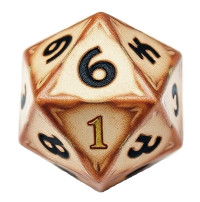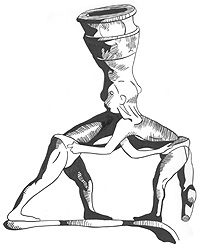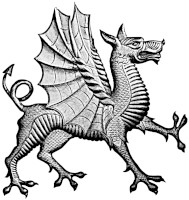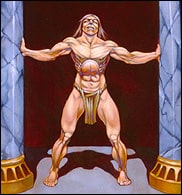The National Geographic Kid’s Almanac
A 12-year-old girl was quizzing me from her almanac and we were having a lot of fun. Then she sprung the following question from the text:
Who did gladiators fight?
a. Professional fighters
b. Slaves
c. Criminals
d. Or all of the above.
Now, it was a poorly constructed quiz, as a gladiator was by definition a professional fighter and a slave, but not, in all probability a criminal. He might have been a criminal in the past. But once he had been sentenced to a gladiatorial school he was no longer a criminal, but a warrior slave. I took the definition of slave to mean some other form of slave who was not a professional fighter, and answered “a.”
The little girl victoriously said, “Wrong! It is d., all of the above.” I spent the next ten minutes explaining to her why ‘d.’ was wrong.
This problem comes about when information is mixed from different subjects or periods and viewed in a context in which the various parts did not coexist. A good example was ancient boxing, which most athletic texts refer to by mixing a smattering of facts and fiction from a 1,000 year period of boxing evolution, and depicting them as having been contemporary or part of the same evolving tradition.
The Gladiator Facts
Gladiators were professional fighters who were slaves. They only fought other gladiators, usually only specific types of other gladiators. They were not used to execute slaves or criminals*. Slaves and criminals did die in the arena [sands] but they were killed by each other or fed to animals. If they were fed to animals or burned at the stake this was done under some form of restraint. The men who ‘fought’ animals were called beastiari [animal-fighters] and were professional show hunters who did not fight gladiators or each other.
The confusion among modern sources comes from the fact that all of these things: animals being hunted; criminals being forced to fight criminals; disobedient slaves being fed to animals or burned alive; criminals trained as actors to be killed for real when the character they were portraying was supposed to die in the particular play; prisoners of war forced to fight each other in mock battles; stick-fighters, boxers, wrestlers and pankratiasts fighting bouts; and gladiators fighting gladiators, happened in the same building on the same day. But each had their place in the standard program of events. Also, some oddities like Claudius staging a naval battle on a manmade lake and 400 Roman soldiers fighting 400 tigers [what a mess that must have been] in a bizarre man versus nature battle, only happened once, because some nut-job who was head-of-state and had drunk too much lead-laced wine, wanted to get creative.
Conclusion
Unfortunately, most modern researchers for magazines or documentaries will just lump all of this stuff together and have us think that a gladiator was trained to wade through all of the insanity that happened on the sands; when, in fact, he was a highly trained prize-fighter who was bound by a strict code, and fought highly ritualized death matches under close supervision. He might even be fighting his cellmate, a man with whom he might contribute money to their mutual burial fund.
While not training or fighting the gladiator [swordsman] might be tasked with training new gladiators, rented to train soldiers, used as a bodyguard, mustered into a political goon squad, or pimped out to some rich old woman. But he was not an executioner. Flamma would not be told to run-through some Christian martyr or a Corinthian jеwel thief any more than Junior Dos Santos would be invited to a penitentiary to administer a lethal injection to some murderer.
To us the ancient Roman institution of gladiatorial combat is largely found distasteful because our image of it is combined with that of sadistic capital punishment and the torture of martyrs. Yes, even as seen through Roman eyes, at this great distance, there is much about the gladiator’s life that we find strange and troubling. It should be remembered however, that the practice of gladiatorial combat did have sacred origins, and that the gladiator was among the most fortunate of slaves in a slave society; for he actually had a reasonable expectation of a decent burial, rather than being fed to the animals that would be fed to the mob, which was the fate of criminals and worn out industrial and domestic slaves.
In my mind’s eye ancient Rome was a seething nightmare, and the gladiators were among the few that were lucky enough to be consumed by that insane nation with some measure of dignity, because they symbolized Rome’s cardinal virtues: bravery in battle and indifference to violent death.
How do you explain that to a twelve-year-old girl?
*There is some extant evidence, like a mosaic from a villa in Curium Cyprus, in which a gladiator [a Thraex] is depicted executing a Christian. This points up the problem of lumping 800 years of history into one snapshot. Later in the Empire [after 200 A.D.], when it's pagan leaders found their martial values threatened by Christianity, martyrs were sometimes executed by gladiators, not as a combat, and not as a normal part of their function, but as an example that the new Christian values were inferior to the ancient Roman values, such as killing a man at arms length as an expression of virtue.











